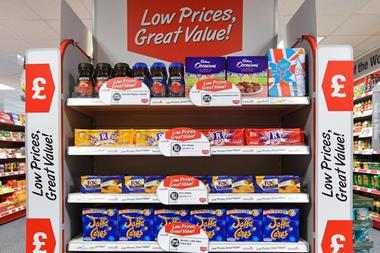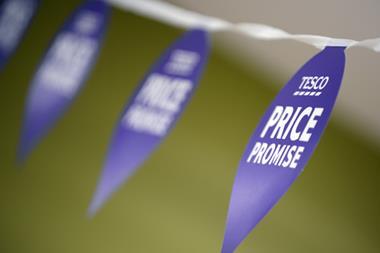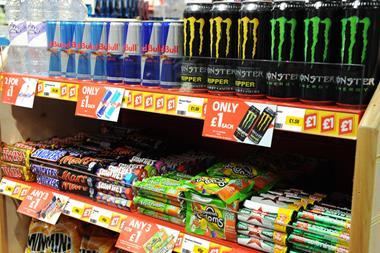
A recent Nielsen study found 58% of UK price promotions are loss-making for retailers. More recently, the Competition and Markets Authority found evidence that some supermarket price promotions can mislead consumers.
If promotions are simultaneously offering a bad deal to retailers and consumers, we can’t understate the transformative potential for our industry of getting smarter about pricing.
It’s clear a new approach is required. One that places the customer at the centre and makes smart use of data in order to deliver truly personalised promotions on goods and services.
It’s understandable that the rise of discounters and the arrival of new entrants like Amazon Fresh and its delivery service should prompt a rush to introduce yet more price promotions. But for most retailers, joining this me-too race is a broken strategy that diverts focus to rivals, instead of customers.
Proper customer science – detailed analysis of shopping habits – needs to be applied to price and promotions strategies, just as often as it is to optimising product ranges or shelf spaces.
Sophisticated data use and a customer-centric approach can lead to a number of key steps being taken to offer smarter pricing that can deliver for retailers and consumers alike.
Remove ineffective promotions to conserve margin. Understanding at a fine-grain level how customers react to pricing changes and promotions allows a retailer to make better decisions. Data can include: the location of an item for sale in a store floor plan, how it was advertised and its position in a promotional flyer. In a business with low margins, understanding what drives consumers to switch choices from one brand to another is a game-changer.
A soft-drink promotion may work with some customer segments, but not others; analysing customer data determines which shoppers found the offer appealing. Advanced analytical tools can highlight whether these customers also filled their shopping baskets with other goods, or if they were only interested in the soft drink. Retailers also need to understand category cross-effects and other unintended consequences of their promotions, to identify whether they are really making the desired impact or just cannibalising other sales.
Likewise, data analysis should be used to identify which products are most important to key customers. Promotions can then be focused on these price-sensitive items to enhance loyalty from these customers to drive sales volume. Promotions that cover an entire product category should also be avoided, as these are bound to waste precious resources while not yielding data relating to customers’ real preferences.
Invest in targeted, personalized loyalty rewards (or rolling campaigns) for valuable customers. In this multichannel world, customers increasingly expect retailers to offer personalised promotions. Individualised offers demonstrate the retailer understands what is important to those customers by giving a special deal on goods and services the customer likes.
Understanding what your customers bought, are buying and are likely to buy, enables you to offer the right prices, promotions and discounts, at the right time, over the right channel.
Compete on price but do not overinvest. Competitive pricing data has become widely available, but it’s important to react intelligently to competitors’ moves rather than responding to every action. With data showing which customers care about which products, retailers can target competitive price discounts on specific goods that price-sensitive shoppers care most about, and avoid leaving money on the table.
Target assortment competitiveness to demonstrate brand quality. Selecting the right product range is a big part of customers’ price perception. Including top-quality products in the array of offerings allows the retailer to appeal to a range of consumer segments, including price-sensitive and high-value customers.
This is especially important in supermarket fresh goods categories like fruit, vegetables, meat and fish. Display a competitive range of offerings, including upmarket products at premium prices. The mix of products a retailer offers drives customers’ perception of price.
Manage the full product portfolio to retain pricing integrity. A price and promotions strategy must make sense to customers to retain their trust. The two-litre container of a soft drink shouldn’t cost more per millilitre than the smaller container, for instance. Prices also need to make sense across different brands in a category. Retailers that want to sell more private-label yogurt should leverage automated size and parity rules to ensure that the price is lower than the national brands. All of this is difficult to do with tools like Excel; a science-based optimization solution can help ensure price consistency.
These steps will help retailers grow their customer base, improve profitability and the perception consumers have about pricing policies, while enhancing customer loyalty. We could move from an approach that isn’t working as well as it should be, to one that works well for everyone. And it’s difficult to put a price on that.
Howard Langer is global managing director for price and promotions at Dunnhumby


















No comments yet